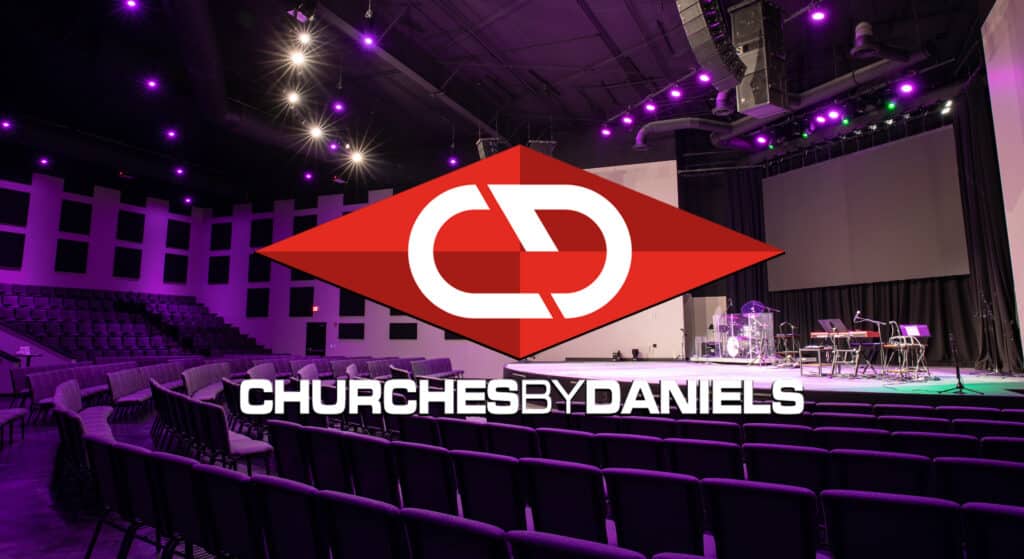The cost and time advantages of modular construction are two of many benefits this style of building provides. While money and schedule remain at the top of people’s priorities, efficiency, style and amenities comprise a big part of any major construction decisions.
Clients are consistently surprised by the modern look and diverse, custom options – as well as specialty builds – possible with modular architecture. The industry continues evolving to become progressively more innovative, respected, researched and competitive. Green technology keeps advancing to include better and more efficient building materials, electrical options, windows, HVAC systems and other components including green-energy possibilities.
The National Institute of Standards and Technology appointed a committee to study the construction industry and identify ways to improve efficiency and productivity. Among the committee’s main findings was this declaration of what could be done: “Greater use of prefabrication, preassembly, modularization and off-site fabrication techniques and processes.”
Site-built construction certainly has its benefits, but is also being scrutinized by some industry experts for waste and inefficiency. Many construction clients want more control, less mess and higher environmental conscientiousness, and modular architecture gives it to them.
Basic Mechanics of Modular Composition
Skilled workers construct modular buildings for dozens of commercial and residential uses and do the work indoors within a factory-like, assembly-line setting. There are tight controls on processes, secure storage of materials and, more importantly, weather never affects project completion times or safety.
Typically, modular construction comes in options of steel, wood or concrete composition, with choices for standard wooden studs or, if making a structure floodproof, metal studs. Your options are extensive for customizing your building or group of buildings with the materials you would like.
Modular construction is fast, easy, less expensive than stick-built construction and kind to the environment. Much of the modern modular architecture is designed to be permanent and sits on a concrete foundation, while other types of structures can be easily relocated for maximum flexibility.
The American Institute of Architects (AIA) features an article on its website that praises the advances of modular architecture: “Permanent Modular Construction (PMC) is a growing method of building facilities that is proving that modern manufacturing practices can revolutionize the construction industry.”
Cost Advantages of Modular Construction
What are the cost advantages of modular construction? The cost of a build depends heavily on the project and its size, the site, design complexity and options selected from basic to luxury. Naturally, since you need less labor and fewer materials, you will pay less money. Costs also vary widely by region.
It isn’t hard to find prices that range anywhere from 25 to 60 percent when comparing the cost of modular construction to site-built projects. Again, so much hinges on the individual characteristics of a project and its owner’s needs, but you can expect for your project to fall somewhere within that range.
The modular options hold the potential to cut costs over a stick-built project by a wide margin, whether the project is small or large. The best way to accurately gauge costs is to plan the project well and think through all the options before getting started. The old standard of “no change orders” for lower cost holds true in both modular and site-built construction.
Time Advantages of Modular Construction
Generally, most sources agree on the modular construction time advantages. You can save 25 to 50 percent of the time you’d spend with a site-built project. If a skilled modular crew only spends half the time building your structure than a site-built crew would, your labor cost also gets cut in half.
About 90 percent of the build activity takes place indoors, which means the building process is nearly guaranteed to stay on schedule. That predictability and reliability enable you to count on timely project completion.
Development deals happen faster than they used to. As soon as the financing is approved on a handshake and before the proverbial contract ink is dry, the people involved want to see dirt moving and something happening.
Modular Measures up to Environmental Excellence
Modular construction comes with environmental advantages and enables you to choose the level of sophistication that fits you and your purpose. By choosing modular, you’re typically repurposing materials while simultaneously keeping stuffing out of landfills. Industry estimates say about one-third of the material in them comes from on-site construction projects, while modular generates practically none.
Technology and evolving construction styles continue to improve modular architecture and your options for environmentally friendly design. Modular buildings achieve certification in Leadership in Environmental and Energy Design (LEED) with such elements as alternative energy sources, geothermal heat, infrastructure to catch or filter water runoff from impervious surfaces, any of several conservation techniques and much more.
There are several LEED levels, and each one requires a certain number of points to achieve certification. For example, modular construction takes place indoors and therefore generates much less dust, which is worth points for pollution prevention. Solar technology, super-efficient windows, special design factors, recycling plans and much more can count toward LEED certification.
Modular Provides Superior Flexibility
Modular architecture and construction not only saves time and money and provides environmental benefits, but it also adapts well to your needs both large and small. You can choose from a wide range of materials, configurations, layouts and other options to maximize functionality and appearance, whether you need one stand-alone permanent structure or a structure composed of many modular units.
Electrical work on a modular build usually consists of two phases, one inside the structure and one outside. Inside you might have a main panel with telephone, Ethernet and wiring for power and lights. Outside sits the infrastructure to connect your electricity source to everything in the building. Technology needs vary as much as business, industry and people do, so it’s another advantage of modular to be able to start from scratch and equip your building with the technology infrastructure it needs to serve your purpose.
Your construction project is sure to involve many decisions based on a mixture of requirements, including time, money, impact, quality, space and many other factors. Like any build, it’s beneficial to decide early what kind of construction you prefer so that the site and process can be optimized for your choice.
However, if you happen to change your mind late in the process, modular architecture offers the flexibility to create a new development or expand an existing one, serve the functional purpose, complement the surroundings and meet the schedule.
Modular Evolution Features Style, Specialty
Another advantage of modular construction is its versatile style. In fact, some people can’t distinguish modular-architecture buildings or developments from the stick-built ones. Modular buildings manage to do a difficult balancing act. They blend in well with the surroundings but stand out in style, specialty and adaptability.
People also look to modular construction to add more space to their current buildings. Modular fits many needs with its ability to stack vertically and make more room without needing more ground space to do it. The options for modular wall finishes, energy solutions, wiring, windows, doors and paint color enable you to create a unique, clean, stylish and modern look where one or several structures are needed.
The modular construction cost advantages lead many clients to use the buildings for a range of reasons, while the time advantages of modular construction help meet tight schedules. The modular construction process is seamless, takes place in a controlled environment and greatly reduces the chance of any errors in measurement, mechanical or structural components. Modular construction is also safer for the crews and helps create a reliable schedule that skilled tradesmen appreciate.
This information is courtesy of BMarko Structures, a full-service modular manufacturer based in Atlanta, Georgia, www.bmarkostructures.com.










